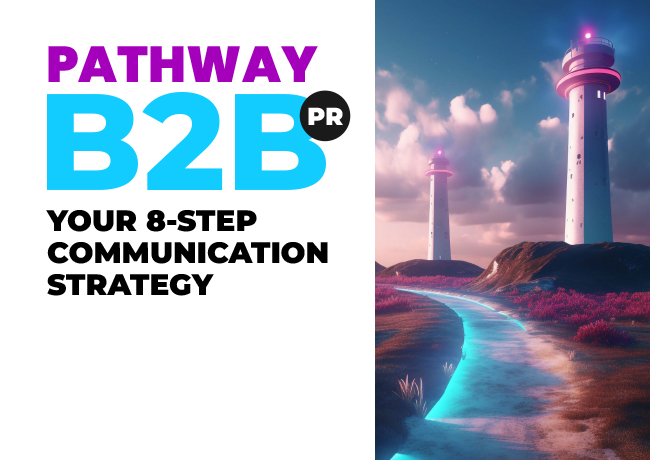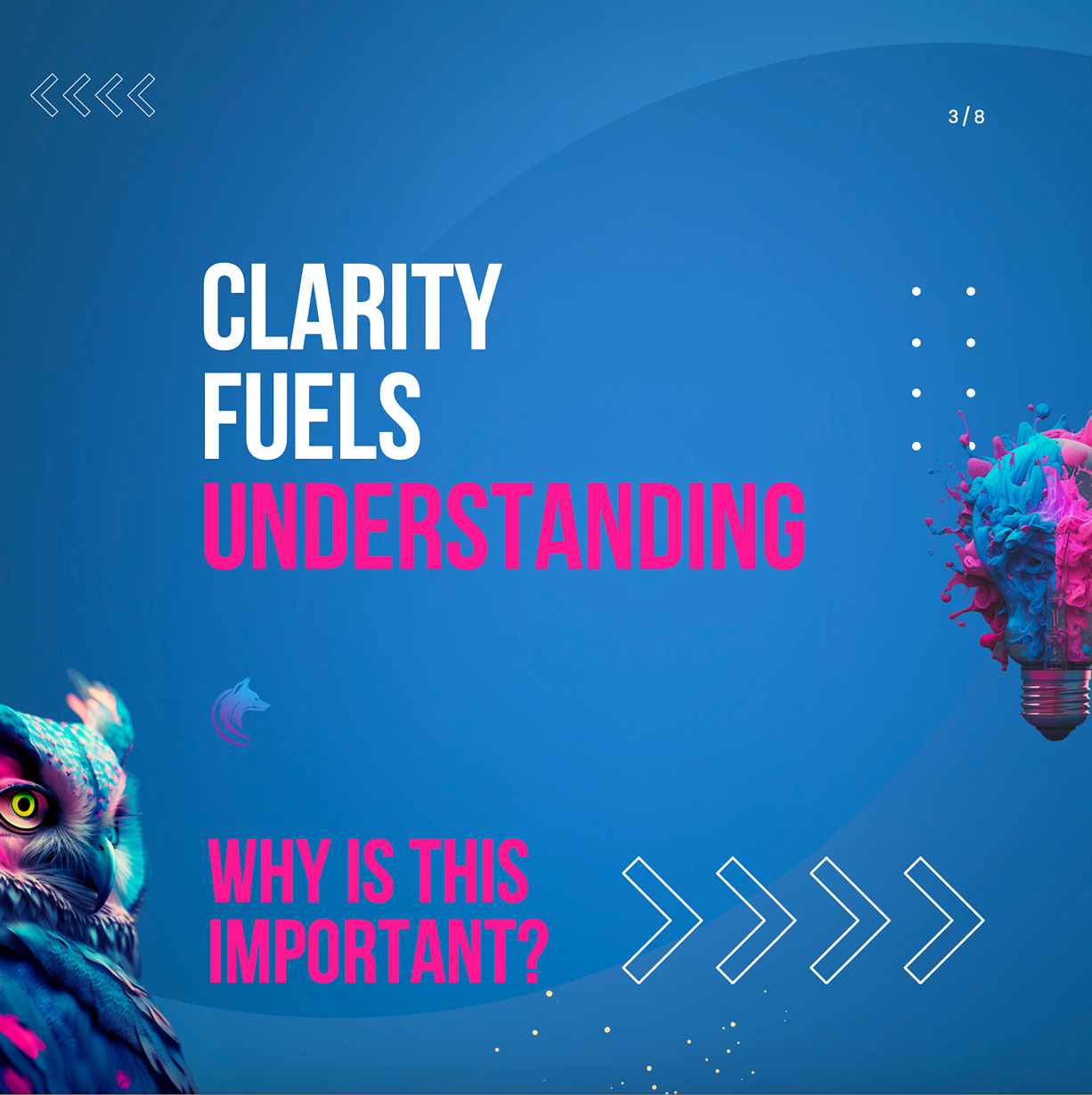
How to write a value proposition that accelerates growth
How to write a distinctive value proposition in 4 steps
So, you have a business and it’s time for you to attract your ideal client, but you’re stuck playing chess with a marketing strategy that’s not fully fleshed out.
You have a slogan, a website, maybe even a mission statement, but nothing that succinctly summarises what your company is really about and how it can help your target clients. Whether you run a local boutique or a Fortune 500 company, your next step should be to strategise a value proposition.
Table of Contents
What is a value proposition?
A value proposition does what it says on the tin: it shows where your value is as a company.
“Great value propositions are formed when the founder and leadership teams are collaborative, honest, genuinely reflective and put the interest of the business first – not personal fiefdoms. It takes time, sometimes heartache and frustration to perfect a value proposition, but it’s worth it in the end.” says Lorraine Emmett, Managing Director at EC-PR.
Value propositions are the bridge between your business, its reputation and leads. They’re your chance to verbally prioritise your company’s impact and purpose over exponential profiteering. Do you offer desirable services with the best outcomes? Your value proposition will say everything without the hassle of making others read a full blog to figure you out.
Why your business needs a value proposition
A value proposition matters more than your Fortune 500 marketing strategy. Why? Because it’s all about what you can do for your ideal client, without pressuring them into a sale or making your company look desperate.
Your value proposition is a people-facing, customer-forward promise. It establishes your brand as an expert, builds authority, and garners trust between you and the people you’re wanting to sell to. How will your customer benefit most from your business? Do you stand out on the Savannah, or is your company another grain of sand in the Sahara, selling the exact same stuff with the exact same promises?
A value proposition makes it clear what your business offers, how it differs, and directs that message to individuals who will find the most value in your services.
If it makes it easy for consumers to understand your offering and even easier for them to say “yes”, it’s an attractive lure for leads.
Value propositions are not mission statements
Before there’s any confusion, let’s clarify that value propositions don’t count as mission statements. Though you might expect your mission to be linked to your value, there is a clear difference:
- Value propositions focus on the company bringing security to a client’s concern. They talk about the benefits they provide, how they intend to help, and how they go beyond other organisations to do just that.
- Mission statements do none of the above. Rather, a mission statement tells why your company is helping in the first place. For example, EC-PR’s mission is to harness the power of PR for the products and services we truly believe in. This is our belief, not our value proposition to clients…
Mission Statement: “We do this because…”
Value Propostion: “We exist to…”
How does a value proposition relate to your tagline?
Likewise, a value proposition is not a slogan or tagline, but these are often tied into headings that value propositions also use. Taglines come into play when you’re positioning your brand’s overall concept. While a tagline might lean into figurative language as means to garner attention, a proposition is a tangible promise.
A value proposition example can be seen in Apple’s brand. Its tagline, “think different,” says nothing about what Apple as a company provides. It’s catchy! People remember it. That’s its purpose. Prospects know Apple cares about being different. Apple’s value proposition, on the other hand “providing simple, intuitive and user-friendly tech,” tells buyers a lot more about what to really expect from the company’s products.
What can a distinctive value proposition do for your business
Much like positioning you on the highest tree in the forest, a value proposition that stands out distinguishes your business as both an expert in the field and a trustworthy business partner.
Value proposition styles that hamper growth
Creating the right value proposition for your company is easier said than done, though. Sometimes, before fine-tuning your written proposition, it’s more important to know everything you shouldn’t do. As Lorraine puts it, “B2B technology brands claiming to ‘save you time and money’ break my heart. That’s what technology is supposed to do! That’s like saying ‘This car gets you from A to B quicker than on foot.” Lorraine likely rolled her eyes as she wrote this: “I bloody well hope it would.”
As another bad example of a value proposition: “AI-driven is a bad value prop,” says Lorraine. “If you want to use my A-level Science essay, which I uploaded for giggles, to drive your tech – you crack on! It really doesn’t make what you do special.”
Need more proof? Take Blockbuster – a beloved and popular franchise. Its value proposition was giving rentable access to Hollywood blockbuster movies on DVD, on the cheap. It offered concessions better than what you’d find at any given cinema, a large variety of stock, and even video games for rent. It went international: Family gatherings, community events, solo-movie watching were all sparks of buyer interest that Blockbuster held a prominent role in.
You know the ending of this story: Once the movie industry went digital, Blockbuster died out. In the new wave of technology, Blockbuster’s value proposition didn’t stand, and it had not formed a brand that could withstand any value proposition pivot.
Value proposition examples that accelerate growth
Now that you know what not to do, nailing a successful value proposition won’t be as hard. Take our own proposition in for a well-defined value proposition example.
EC-PR ensures B2B companies achieve their commercial outcomes by making them visible, valued, and understood.
What does this mean? We could expand by telling you that we eliminate confusion for B2B companies and their audience. We always put their best qualities at the forefront of their marketing. We inform and communicate in an easy-to-read manner, so everyone knows exactly who our clients are and what they do. However, from the value proposition, it would likely have been clear with whom, how and where we work.
Here are some honourable mentions to lesser-known companies that are taking their own sectors by storm with sensational value proposition examples:
- FINESSE is a clothing brand that uses artificial intelligence to predict fashion trends and reduce fabric waste.
- Back Market is a B2C marketing platform that refurbishes electronics to save people money, reduce waste and extend the life of electronics.
- Dice discovers nearby live events relevant to your tastes within minutes: music, comedy shows, clubs and more.
How to write a distinctive value proposition in 4 steps
Building the best value proposition takes time and consideration. It will not be an immediate discovery, even if you have a mission statement already written up.
Find out how you can inspire potential investors and clients: Is there a hint in your company name? What sector does your company compete in? Who is your target audience? What is the benefit for them using you, not your competition? How do you provide that benefit to people?
Our Managing Director shares how to write a distinctive value proposition:
- Start with what problem you set out to solve. : In our case, it was flighty, unaccountable PR, little black books etc. Your value proposition may well start with a well-thought-out, fully evidenced, strategic explanation for why you exist and how you strive to excel, but it may not sound sexy – have faith!
- Use EC-PR’s pre-made template to detail the basics: Until we formulate the perfect proposition, we make sure not to forget the key elements: [Your company name] is the only [competitive category] that provides [your target audience] with [emotional benefit] by/with/through [how you achieve this].
- Look to what makes you distinct: To create a unique value proposition, you might find your unique offering by workshopping answers to these terms, together with your board:
1. What demographic is your target client persona in?
2. What problems do you solve for them?
3. How will you best address your target persona’s issues? - Once you have the essence, wordsmith it into a compelling statement for public consumption: Here’s how we did that: EC-PR is an integrated PR company that delivers CEOs and CMOs (of ambitious tech SMEs) with certainty through accountable, effective, and thought-provoking PR consultancy, underpinned by a proven phased approach and a performance guarantee.
Remember when we said a value proposition speaks to your ideal client and clearly states what your company has to offer? Run your data with audience testing to make sure you’re bang on. We made this workbook to serve your value proposition ideation.
Is there an ideal value proposition format?
Value propositions come in all shapes and sizes. There isn’t one singular way that will work best for each company. That said, a good value proposition sits beautifully on a company’s website and in other consumer touch points. For this to happen, it needs to be a clear and concise headline that introduces the value proposition, which is then most likely supported by a subheading with additional information to clarify.
However, beyond formatting, the content for a value proposition should include key elements of information: target market, specific value, and customer connection.
Your target market includes the client persona that makes up most of your client pool. So, gathering intel on client demographics helps magnify who’s most likely to buy in. The specific value your company provides qualitates your company as outstanding and separates it from competition.
Never skip the customer connection – where the value proposition levies an emotional appeal. Here, you can insight feelings of hope, discontent, or any strong desire to relate to customers and acknowledge their pain points.
Done well, a value proposition will evoke clarity. Lacking that could mean your company has no directive and might suffer a major loss in consumer value, or risk their industry reputation.
To summarise, your proposition needs to check these boxes:
- Identifies the most compelling benefit you offer
- Describes what makes this benefit valuable
- Nods to your target customers’ main problem
- Connects this value to your target customer’s problem
Differentiates you as the preferred provider of this value.
How to use a distinctive value proposition effectively
An unshakeable value proposition must permeate all of your materials, not only marketing. There is little value in working hard to curate a value proposition that is not then implemented throughout your marketing communications and PR strategy.
Value propositions rely on exceptional written communication to leave an impact. They use simple language to describe the problem and how that company resolves it, without patronising the audience.
Where do you position your value proposition? Anywhere you have a customer touch point. Put it on home pages, use it to inform your bios on social media, and add it to company descriptions at events.
It should be immediately accessible and clearly defined, to be a distinguishable value proposition, because a successful brand can be forged in a matter of words.

Your 8-Step Communication Strategy Guide
A comprehensive guide to delivering your business goals using intelligent and relevant messaging.
Subscribe to our updates
Stay up to date with the latest insights, case studies, and PR guides.










